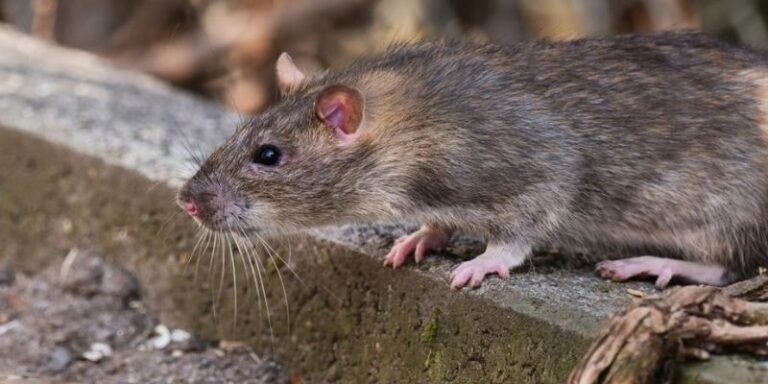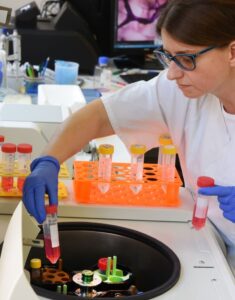Scientists Give Mice Deer Antlers Using Stem Cell
Will this research make it possible for humans to regrow lost limbs?
By: Kelli Ballard | March 24, 2023 | 654 Words

(Photo by Wolfram Steinberg/picture alliance via Getty Images)
A mouse with deer antlers? Who would have thought it possible? But science is a wonderous thing, and stem cell research is creating all kinds of possibilities. Although controversial, this type of technology is being used to study how diseases react with the human body, test the effectiveness of prescription drugs, and even help to replace diseased cells with healthy ones. So why would scientists be interested in putting antlers on mice?
Why Deer Antlers?
Deer antlers are the only part of the body that regenerates every year. Deer shed them during the fall, and in the spring, they grow back about an inch a day until fully regrown. These animals have blastema cells, which have regenerative abilities that scientists hope may one day help regrow limbs that humans have lost.

(Photo by Waltraud Grubitzsch/picture alliance via Getty Images)
In a new study, researchers from Northwestern Polytechnical University in Xi’an, China discovered these cells as those responsible for regrowing the antlers. They used RNA sequencing to study 75,000 cells of the deer before, during, and after they shed their antlers. This gave the team an idea of which cells would initiate regrowth.
The researchers found that the cells had created a separate stem cell, called the “antler blastema progenitor cells (ABPCs)” by the team, just five days after shedding. And in just ten days, the ABPCs had started to turn into cartilage and bone. It was time to see what would happen with mice.
They waited another five days before transplanting the cells between the ears of mice. It took just 45 days for antler-like appendages to appear.
Tao Quin, one of the authors of the study, explained, “Our results suggest that deer have an application in clinical bone repair. Beyond that, the induction of human cells into ABPC-like cells could be used in regenerative medicine for skeletal injuries or limb regeneration.”
What Is a Stem Cell?
A stem cell can be considered the main or parent cell from which all other cells come. They divide into what are called daughter cells, and these become either new stem cells to keep the cycle going, or specialized ones that help in specific functions such as for the brain, heart muscle, bone, or blood cells. They are incredibly important because, as the Mayo Clinic wrote, “No other cell in the body has the natural ability to generate new cell types.” By watching how these cells grow and mature, researchers get a better understanding of how diseases and other health-related issues develop. They can be used to:
Regenerate healthy cells: With help, the stem cell can be guided by scientists into becoming specific cells (instead of daughter cells that split into various others) to be used for people with tissue damage. The Mayo Clinic suggests people who might benefit from this kind of therapy include those with spinal cord injuries, Parkinson’s disease, Alzheimer’s, heart disease, burns, cancer, and stroke.
Test drug safety and effectiveness: Before giving people untested or investigational drugs, stem cell research can test to see how they might affect the body. This is still being studied, and specific cells will need to be targeted. For example, “nerve cells could be generated to test a new drug for a nerve disease. Tests could show whether the new drug had any effect on the cells and whether the cells were harmed,” explained the Mayo Clinic.
The Controversy
As great as this research sounds, there are some concerns about utilizing stem cells. For one thing, the best stem cell to get is from an embryo, which can be very dangerous. Others also question whether it is ethical to remove the cells from embryos, amniotic fluids, and umbilical cord blood. Adult stem cells are not as abundant and can not be manipulated as easily. There are also worries of adverse reactions when using the older cells.
















